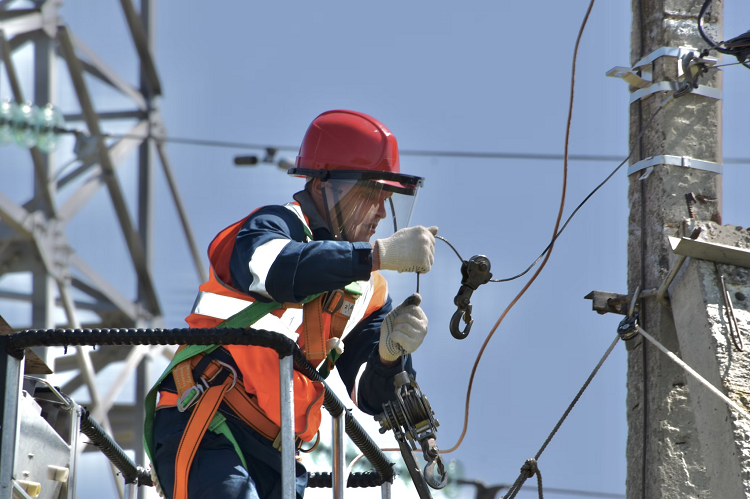Modern workplaces depend heavily on robust energy systems to maintain safe, productive environments. While many business owners focus on operational costs and efficiency, the safety implications of outdated energy infrastructure cannot be overlooked. Strategic energy systems upgrades are one of the most effective approaches to creating safer workplaces while delivering benefits for a business.
Table of Contents
The Link Between Energy Systems and Workplace Safety
Energy systems form the backbone of workplace safety protocols, with electrical, HVAC and plumbing infrastructure directly impacting employee wellbeing and increased business continuity.
Understanding the Risks of Outdated Electrical Systems
Aging electrical systems pose numerous workplace hazards that can result in serious injuries, property damage, and business interruptions. Common electrical hazards include system overloads that can cause sudden power failures, short circuits that create fire risks, and damaged wiring that increases electrocution dangers. Outdated electrical panels in commercial buildings frequently trigger emergency shutdowns, disrupting operations and potentially endangering employees.
HVAC and Plumbing System Safety Concerns
Poor indoor air quality resulting from failing HVAC systems can lead to respiratory issues, reduced cognitive function, and increased sick leave among employees. Inadequate ventilation systems fail to filter out pollutants, allergens, and airborne contaminants, creating unhealthy work environments.
Meanwhile, aging plumbing systems present risks through water leaks that can cause structural damage, create slip hazards, and foster mold growth. These issues not only compromise employee health but also expose businesses to potential liability claims and regulatory violations.
Key Energy System Upgrades That Enhance Safety
Strategic upgrades to core energy systems provide immediate safety improvements while establishing long-term operational benefits.
Switchboard Upgrades and Load Management
Modern switchboard upgrades have advanced automation and protection mechanisms and improved energy efficiency compared to older systems. These upgrades reduce fire risks through better circuit protection and minimize electric shock hazards with improved grounding and safety switches. Smart switchboards include real-time monitoring capabilities that alert managers to potential issues before they become dangerous which prevents catastrophic failures.
Smart HVAC Systems and Ventilation Controls
Intelligent HVAC systems ensure consistent air quality in enclosed workplaces through automated monitoring and adjustment of temperature, humidity and air circulation. These systems present mechanical failures by monitoring component performance and scheduling preventive maintenance before breakdowns occur. Smart ventilation controls optimize airflow patterns to eliminate stagnant air pockets.
Business Benefits Beyond Employee Safety
Energy systems upgrades deliver advantages that extend well beyond immediate safety improvements.
Regulatory Compliance and Insurance Advantages
Upgraded energy systems help businesses meet OSHA safety standards and local building codes, avoiding costly violations and potential legal exposure. Insurance companies often recognize these improvements by offering reduced premiums for businesses that demonstrate proactive risk management through infrastructure upgrades.
Boosting Employee Confidence and Productivity
Safe work environments directly impact employee morale, productivity, and retention rates. When employees feel confident in their workplace safety, they can focus entirely on their responsibilities without distraction or concern. Energy system upgrades reduce unexpected downtime caused by system failures, maintaining consistent work schedules and preventing productivity losses that result from emergency repairs or temporary relocations.
Prioritizing System Safety For Increased Business
Energy systems upgrades are essential investments for workplace safety but will also increase a businesses profit in the long run. Long-term competitive advantages through improved employee satisfaction and reduced operating costs extend the benefits from being only a hazard reduction mechanism.

